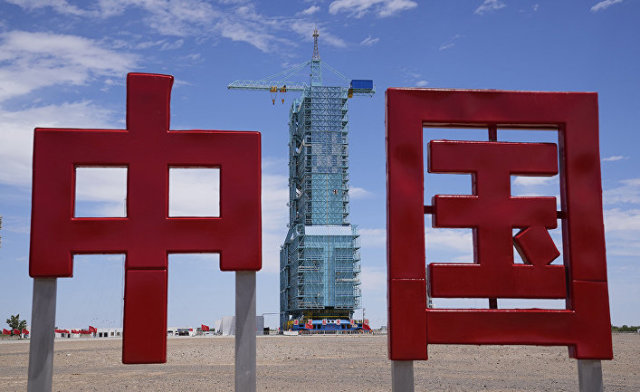Washington. October 10th. INTERFAX - The Chinese manned ship Shenzhou-13 is scheduled to launch on October 15 to the newly created orbital space station of the People's Republic of China, follows from the data of the American specialized website Next Space Flight.
The launch will be carried out using the Changzheng-2F launch vehicle (The Great Trek-2F) from the launch pad at the Jiuquan Cosmodrome in Gansu Province in northwest China at 14:24 Beijing time (19:24 Moscow time).
The Shenzhou-13 spacecraft will deliver a crew of three Taikonauts (Chinese for cosmonauts - IF), including one woman, to the Tianhe base module of the Chinese tIangong space station under construction. These are the commander of the ship Zhai Zhigang, the female taikonaut Wang Yaping and Taikonaut Ye Guangfu. The crew will work in orbit for six months. This will be the longest space flight in the history of the PRC.
In China, this is the 20th flight of a spacecraft with taikonauts since the beginning of the manned space flight program, as well as the second manned mission to the orbital station under construction.
The Tianhe module was launched into orbit in April. From June 17 to September 16, three Taikonauts who arrived on the Shenzhou-12 ship were already working at the station. During their three-month stay, they conducted various experiments, installed and adjusted the operation of on-board equipment and twice went into outer space for installation work.
The creation of a full-fledged orbital station should be completed in 2022. Seven more launches are planned for the base module. In particular, it is supposed to dock two laboratory modules - "Wentian" and "Mentian". In addition, two cargo ships and three manned ships with taikonauts will be sent to the station in the coming time.
The total weight of the tIangong station after completion of its construction will be about 100 tons. It will be five times smaller than the International Space Station and will be able to receive three crew members on a permanent basis (and up to six when changing crews). The service life of the Chinese space station is about 10 years.

